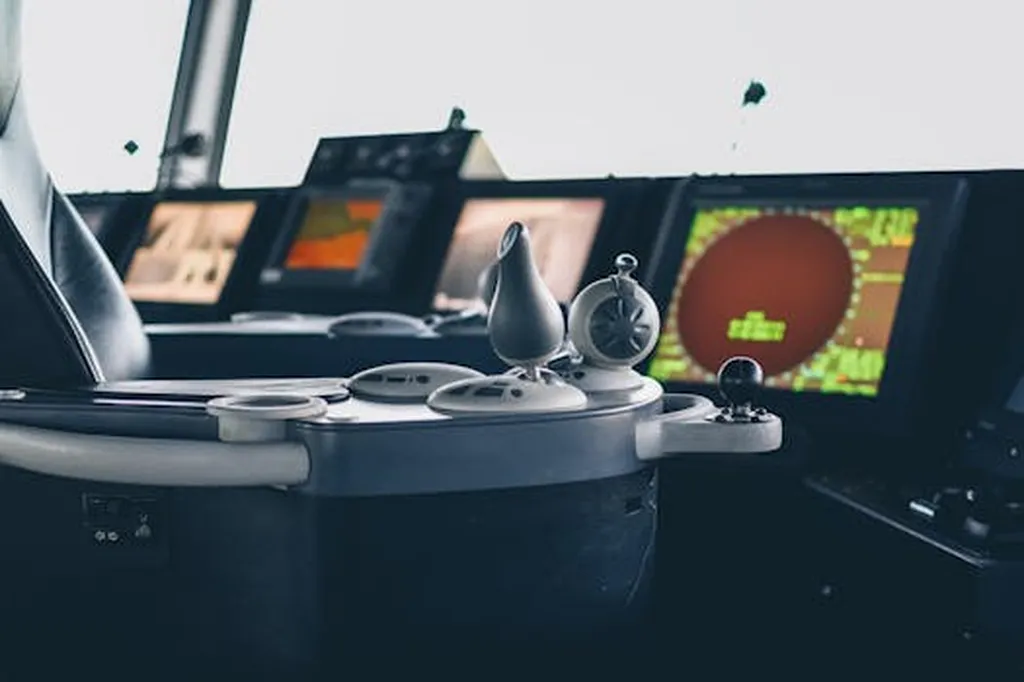In the ever-evolving landscape of maritime safety and security, a groundbreaking study led by Zoran Stankovic from the Faculty of Electronic Engineering at the University of Nis, Serbia, is making waves. Published in the Journal of Marine Science and Engineering, the research tackles a peculiar issue: false alarms in high frequency surface wave radar (HFSWR) systems triggered by meteo-tsunamis.
Now, you might be wondering, what on earth is a meteo-tsunami? Imagine a sudden, localized wave caused by atmospheric pressure changes, not the usual seismic activity. These weather-induced waves can wreak havoc on coastal areas, but their effects don’t stop there. They can also cause a spike in false alarms in HFSWR systems, which are crucial for monitoring and controlling vessel traffic.
The problem lies in the complexity of the functional dependencies involved. They’re high-dimensional and highly nonlinear, making them a nightmare to describe with traditional mathematical equations. Enter artificial neural networks, a highly parallelized distributed architecture designed to learn dependencies during training and apply that knowledge to solve similar, unknown problems.
Stankovic and his team developed a hybrid empirical–neural model using probabilistic neural networks (PNNs). These networks proved quite capable of predicting when an increase in false alarms could be expected based on atmospheric conditions within the HFSWR network coverage area. By eliminating these false alarms, the model significantly enhances the safety and security of maritime traffic.
So, what does this mean for the maritime industry? For starters, it’s a game-changer for vessel traffic surveillance and control. By reducing false alarms, maritime authorities can focus on real threats, improving overall efficiency and safety. Moreover, the commercial implications are substantial. Shipping companies can benefit from more reliable traffic monitoring, leading to smoother operations and reduced downtime.
As Stankovic puts it, “The hybrid empirical–neural model-based PNNs used in this research proved to be quite capable of recognizing when an increase in false alarms can be expected based on the monitoring of atmospheric conditions in the HFSWR network coverage area and to eliminate them from the system, thus increasing the safety and security of all the actors in maritime traffic.”
In essence, this research opens up new avenues for improving maritime safety and security. It’s a testament to the power of neural networks and their potential to solve complex problems in the maritime sector. As the industry continues to evolve, we can expect to see more innovative solutions like this one emerging, driven by the need for greater efficiency, safety, and security in our oceans.

